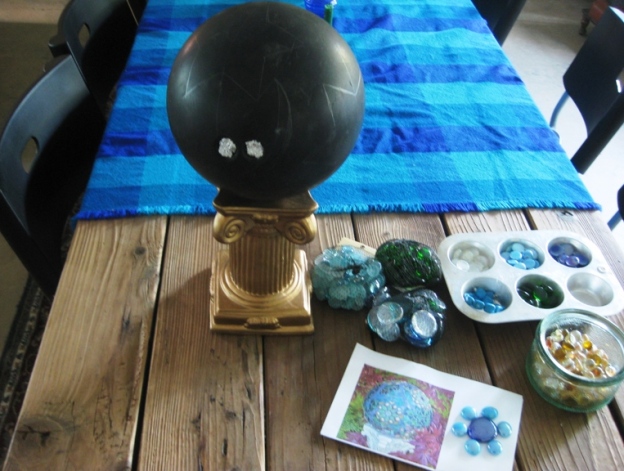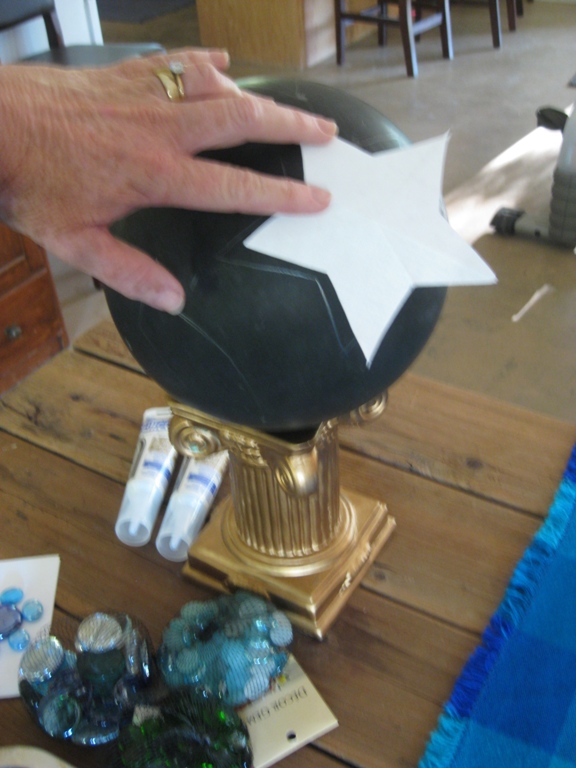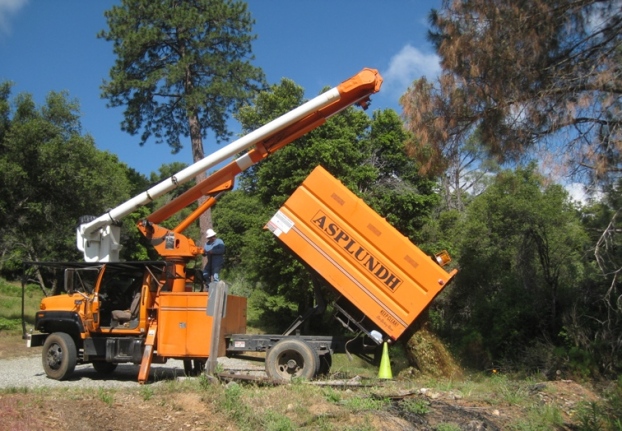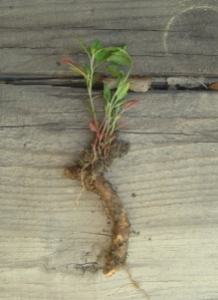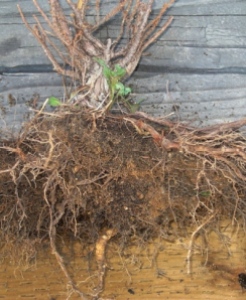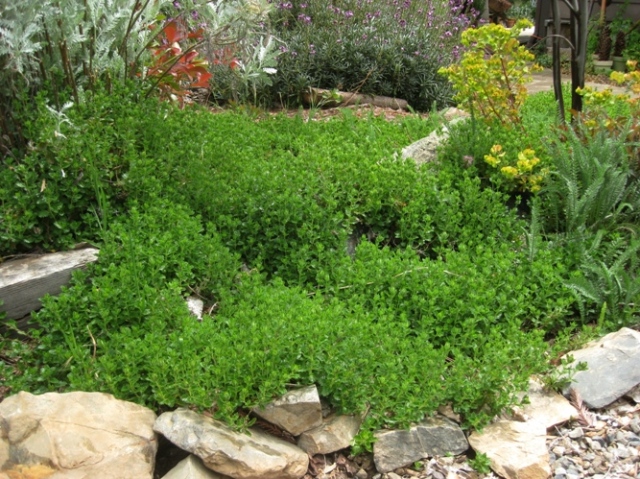‘First week of June’ gardening day
Just came in from the garden,…perfect day to be out there, especially with my camera. There was really nice, even lighting. Come see what I’m doing in the garden and what is blooming now in June. I’ve been trimming the lower branches off oaks and manzanita, …I’ll pull all that ivy, (from 1 4″ pot!)…





